Gout
Gout is a form of inflammatory arthritis characterized by sudden and severe attacks of pain, redness, and swelling, primarily affecting the joints. It is caused by the accumulation of uric acid crystals in the joints and tissues. Uric acid, a byproduct of the breakdown of purines found in certain foods and the body's cells, forms needle-like crystals that trigger inflammation and intense pain, commonly affecting the big toe. Factors such as genetics, diet, obesity, and certain medical conditions contribute to elevated uric acid levels. Gout attacks can be triggered by alcohol consumption, purine-rich foods, and dehydration. Over time, recurrent gout attacks may lead to joint damage and deformities. Treatment involves medications to alleviate pain and inflammation, lifestyle modifications such as dietary changes, weight management, and medications to lower uric acid levels. Managing gout effectively requires a holistic approach to prevent recurrent attacks and long-term joint damage.
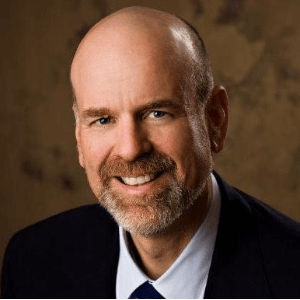
Stephen S Tower
University of Alaska Anchorage, United States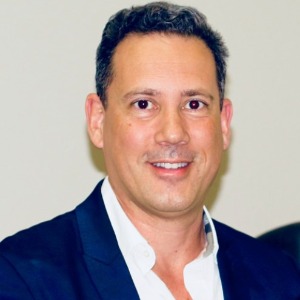
Marcos Brioschi
American Academy of Thermology, United States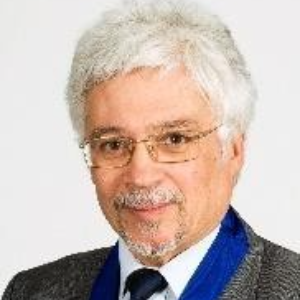
Wagih El Masri
Keele University, United Kingdom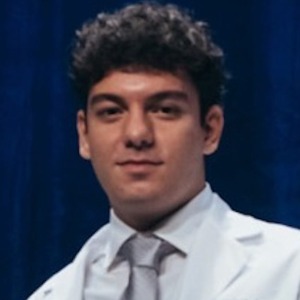
Arif Akkok
Lake Erie College of Osteopathic Medicine, United States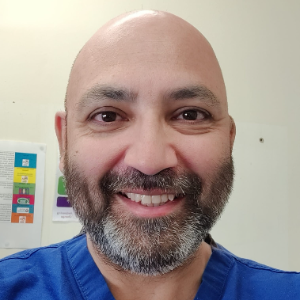
Akash Ganguly
Warrington and Halton Hospitals NHS FT, United Kingdom
Sajid Ali
The Dudley Group NHS Foundation Trust, United Kingdom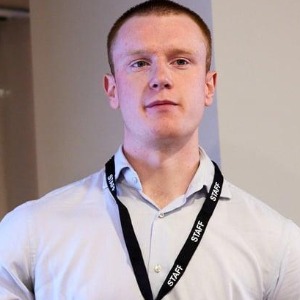




Title : The UK profemur recall and implant cobaltism
Stephen S Tower, University of Alaska Anchorage, United States
Title : The tomographic phenotype and the genotype of wormain bones
Ali Al Kaissi, National Ilizarov Medical Research Center for Traumatology and Orthopaedics, Russian Federation
Title : New treatment of muscle contracture and joint contracture through muscle regeneration with mitochondrial dynamics
Ki Ji Lee, Busan Medical University, Korea, Republic of
Title : New treatment of sarcopenia through muscle regeneration with mitochondrial dynamics
Ki Ji Lee, Busan Medical University, Korea, Republic of
Title : The prevalence and association of self-reported depression symptoms with musculoskeletal pain and quality of life among pregnant women
Youssef Masharawi, Tel Aviv University, Israel
Title : Bipolar hemiarthroplasty under local anesthesia (2%)
Ketan Karabhai Parmar, Aayush Multispecialty Hospital, India